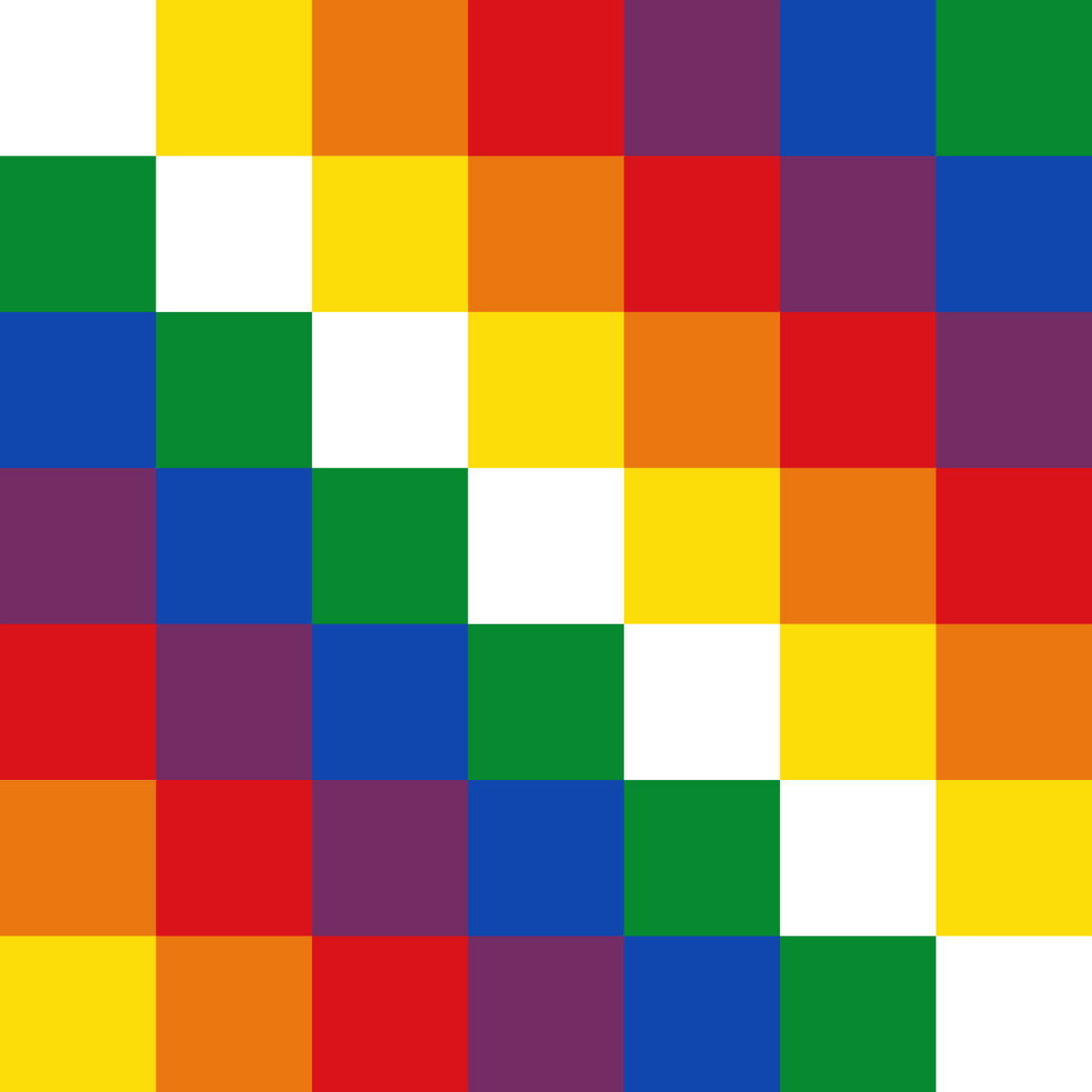The Mesoamerican Long Count calendar is a non-repeating base-20 and base-18 calendar used by several pre-Columbian Mesoamerican cultures, most notably the Maya. For this reason, it is often known as the Maya Long Count calendar. Using a modified vigesimal tally, the Long Count calendar identifies a day by counting the number of days passed since a mythical creation date that corresponds to August 11, 3114 BCE in the proleptic Gregorian calendar. The Long Count calendar was widely used on monuments.
Background
The two most widely used calendars in pre-Columbian Mesoamerica were the 260-day Tzolkʼin and the 365-day Haabʼ. The equivalent Aztec calendars are known in Nahuatl as the Tonalpohualli and Xiuhpohualli.
The combination of a Haabʼ and a Tzolkʼin date identifies a day in a combination which does not occur again for 18,980 days (52 Haabʼ cycles of 365 days equals 73 Tzolkʼin cycles of 260 days, approximately 52 years), a period known as the Calendar Round. To identify days over periods longer than this, Mesoamericans used the Long Count calendar.
The Long Count calendar is divided into five distinct units:
- one day - kin
- 20 days - uinal
- 360 days - tun
- 7,200 days - katun
- 144,000 days - baktun
Mesoamerican numerals
Long Count dates are written with Mesoamerican numerals, as shown on this table. A dot represents 1 while a bar equals 5. The shell glyph was used to represent the zero concept. The Long Count calendar required the use of zero as a place-holder and presents one of the earliest uses of the zero concept in history.

The Mesoamerican Calendar - Ancient Americas ![]()
Megathreads and spaces to hang out:
- ❤️ Come listen to music and Watch movies with your fellow Hexbears nerd, in Cy.tube
- 💖 Come talk in the New Weekly Queer thread
- 💛 Read and talk about a current topics in the News Megathread
- ⭐️ August Movie Nominations ⭐️
reminders:
- 💚 You nerds can join specific comms to see posts about all sorts of topics
- 💙 Hexbear’s algorithm prioritizes comments over upbears
- 💜 Sorting by new you nerd
- 🌈 If you ever want to make your own megathread, you can reserve a spot here nerd
- 🐶 Join the unofficial Hexbear-adjacent Mastodon instance toots.matapacos.dog
Links To Resources (Aid and Theory):
Aid:
Theory:


i dispute that snarky sarcastic dialogue is even discernably "whedon-esque" it gives him way too much credit. Buffy is basically just campy action film dialogue married to teen melodrama.
the big cultural backlash against it is located squarely in the avengers/marvel stuff becoming bigger than jesus and so the largest target for contrarian "popular thing bad" takes. i mean the shibboleth for this trope "well THAT happened" first appears in 2000's State and Main, but people act like Whedon invented this stuff
He didn't invent snark, but he has a very distinctive dialogue style.
deleted by creator
disagree on it being horrible. some people don't use camp correctly, Buffy did though
deleted by creator